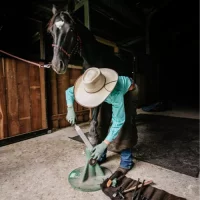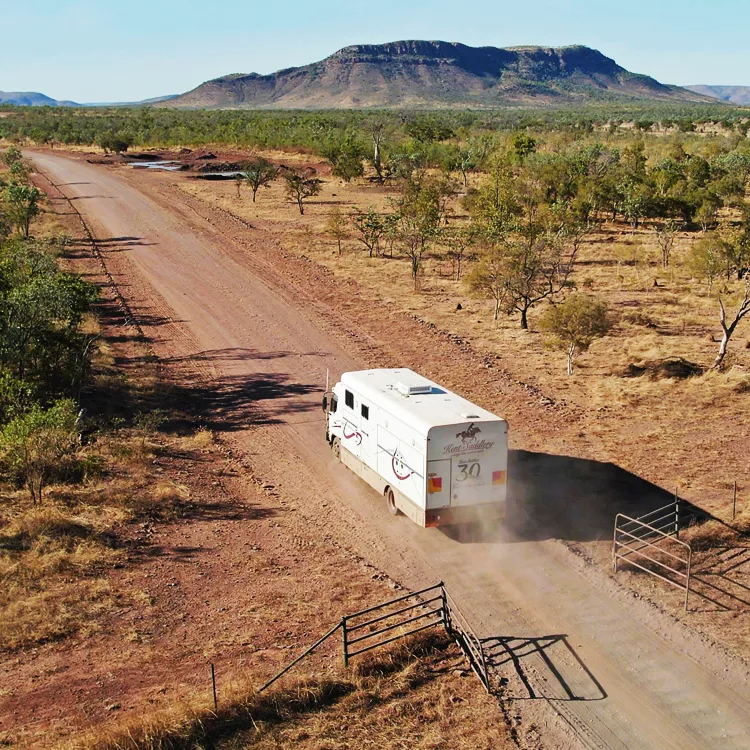Australian Stockman’s Hall of Fame
Kent Saddlery is pleased and proud to be associated with the Australian Stockman’s Hall of Fame, at Longreach, Queensland.
Throughout the Hall, the rich history of Australian stockmen is presented in multimedia format, and the memories of men and women, the first workers in the pastoral industry, are retained and honoured.
As ongoing sponsors of the Australian Stockman’s Hall of Fame, Kent Saddlery also honours the present generation of stockmen and women who continue to live and work in the Outback; helping to care for the land, and its livestock. Motorbikes, choppers and planes have joined the horses in stock handling, but the stockmen and women of the 21st century still carry on a tradition of hard work and perseverance, and at the end of a big day, the satisfying experience of a job well done.
The stockman (or stockwoman) of the past is now referred to as a “ringer”, and present day ringers are choosing to be part of a vibrant, living Hall of Fame.
Visit the Australian Stockman’s Hall of Fame Website: www.outbackheritage.com.au
“Working as a ringer”
The head stockman is often not much older than the ringers and there are great opportunities for young people who want to pursue a career working in the cattle industry. Someone with a positive attitude who is keen about stock work is usually assured of employment, and there are numerous pastoral companies willing to train such employees.
A lot of ringers stay for only one or two years before going back to family properties, or continuing with study or careers in other fields. In the last few years we have come across numbers of international backpackers (and Aussies) spending time in a stockcamp and gaining a genuine Australian experience! A sense of excitement, and the prospect of adventure attracts many young people to work on cattle stations where there’s an opportunity for a great character building experience.
The stockcamp usually works with the cattle from March to November in the dry season when there is little or no rainfall. The workers sometimes camp away from the homestead and stay out in the stockcamp for several weeks at a time, shifting camp as they muster from paddock to paddock. During each round, different paddocks are mustered, calves are branded, drafting of weaners and fats takes place, and spaying, pregnancy testing and other necessary cattle work is done.
Between rounds, there are always fencing and other maintenance jobs to be done, and quite often a break is taken from work for annual rodeos, shows and campdrafts. Most station people travel to these events (often hundreds of kilometres away) to compete, socialise and have a good time.
Looking for work?
There are great opportunities for young people to work on cattle stations starting in February/March each year. You can contact one of the outback employment agencies such as Outback International, www.outbackinternational.com.au. Also, many of the major Australian cattle station companies have web sites which include an employment opportunities page. Links to Outback International and some cattle station companies’ web sites.
Image caption:
1) Lake Nash Station NT, Photo by Scott Bridle















